On June 1st, in the United States, the “Internet queen” Mary Meeker released a 200-plus page 2016 Internet Trends report during the Code conference. Among them, she spent 26 pages telling us about the past, present, and future of automobiles. In the future, cars will be fully automated; innovation is the biggest driving force for the evolution of the automotive industry, and the acceleration of innovation in the United States may make it the center of the global automotive industry again; and the way cars are used will also undergo fundamental changes.
In the following section, Xiao Dian will share with you the essence of these 26 pages.
Another New Paradigm of Human-Computer Interaction: Automobiles
At the beginning of the automobile section, Queen brought up Tesla, implying that Tesla is currently the most joyful computer that is running? Is a car a car, or a computer? This opening seems to indicate the computerization direction of automobiles.
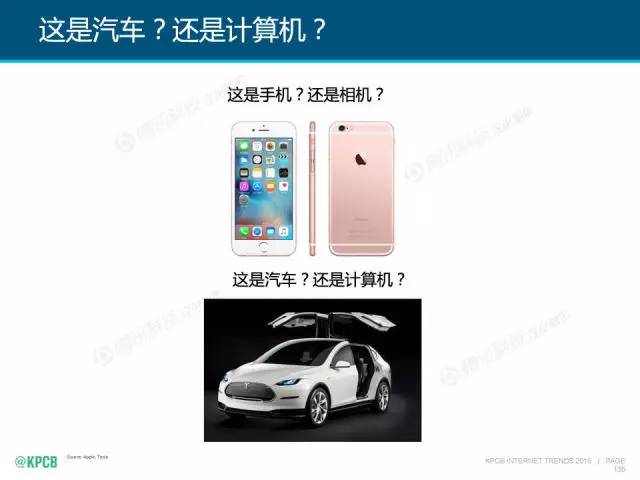
Next, Queen mentioned a black technology that Batman often plays with and that Tesla has already implemented: you can lock, monitor, and summon your Tesla with an iWatch. Of course, an iPhone can also do this.
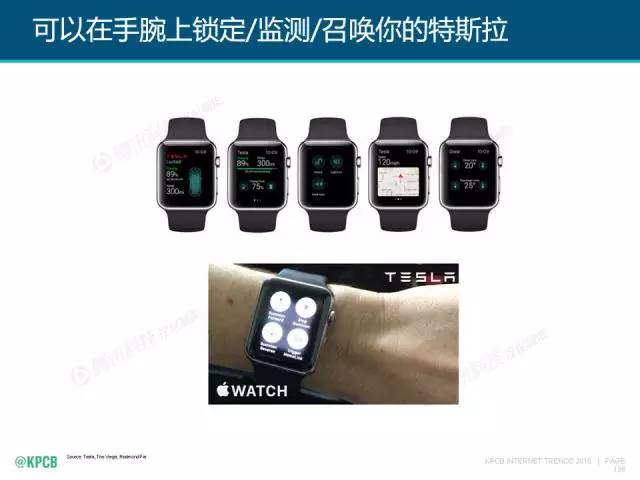
For those who have not yet tried this summoning skill, Xiao Dian will show you what it is. You’re welcome =3= Friendly reminder: currently, summoning can only be done in a straight line, so you can’t turn.
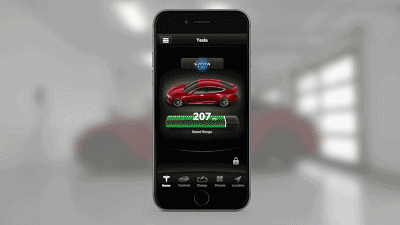
Evolution of the Automotive Industry, Acceleration of Computerization
Then, Meeker revealed to us the essence of the evolution of automobiles- the continuous deepening of automation. Now, the automation and safety of automobiles are accelerating.
Before 2000, automobiles were mainly mechanical and electrical. All aspects of controlling the car depended entirely on human power.
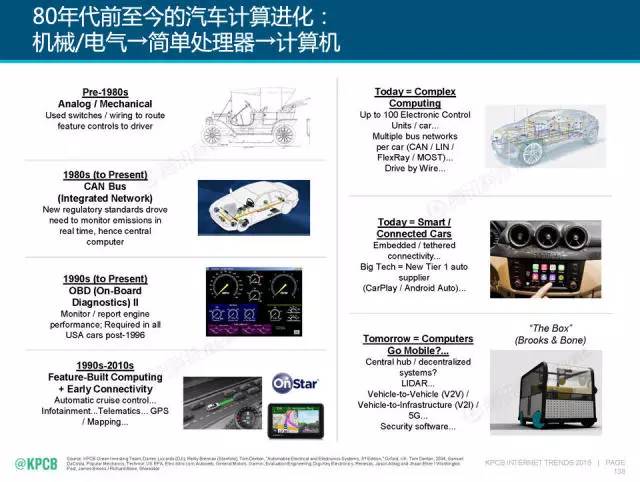 Today’s cars can perform simple calculations and some specific functions have been automated, such as ABS replacing manual braking and parking assist making parallel parking a breeze. The use of OBD (on-board diagnostic system) and basic connectivity has also been implemented. A small number of cars have already achieved advanced computing and intelligent connectivity.
Today’s cars can perform simple calculations and some specific functions have been automated, such as ABS replacing manual braking and parking assist making parallel parking a breeze. The use of OBD (on-board diagnostic system) and basic connectivity has also been implemented. A small number of cars have already achieved advanced computing and intelligent connectivity.
In the future, cars will fully implement mobile computing, which could manifest in the connection between cars, the connection between cars and factories, and the use of safety software to protect consumers’ personal safety and privacy.
In 2017, Tesla and General Motors were expected to have automated coordination of two or more major control systems in cars. Because Tesla owners have already effectively driven 160 million kilometers with assisted driving, Little Dian thinks that other research can be delayed and the most urgent priority is to achieve the automation and coordination of the voice control system and the braking system. After a driver instinctively shouts “stop” or makes a loud “ah” in an emergency, the automatic braking function of cars is the most practical and urgent requirement!
In the four stages of autonomous driving, Tesla’s Autopilot function is currently in the L2 second stage, combined with automated functions. Meanwhile, Google’s autonomous prototype cars (not yet mass-produced) are in the L3 third stage, with limited autonomous driving.
In the far-off future, let us anticipate Google, who is one step ahead in autonomous driving technology, to demonstrate full automation driving for a complete journey.
At the end of this section, Michael summarized the development paths of the two main autonomous driving car models:
-
Google’s all-at-once autonomous driving car, which may be difficult to mass-produce.
-
Tesla’s gradual automation driving car, which is developing slowly due to the long production cycle of its contracted manufacturers.
The driving force behind the evolution of the automotive industry is innovation. The United States was the pioneer in mass-producing cars, but since the 1980s, Japan, China, and Western countries have caught up and even surpassed the US in terms of automotive production.Translate the Chinese Markdown text below into English Markdown text with HTML tags reserved in a professional manner, outputting only the corrected and improved parts, without any explanation.
However, due to the outstanding innovation of companies such as Ford, General Motors, Tesla, Google, Apple, and Uber, the United States has once again taken the lead in the automotive industry.
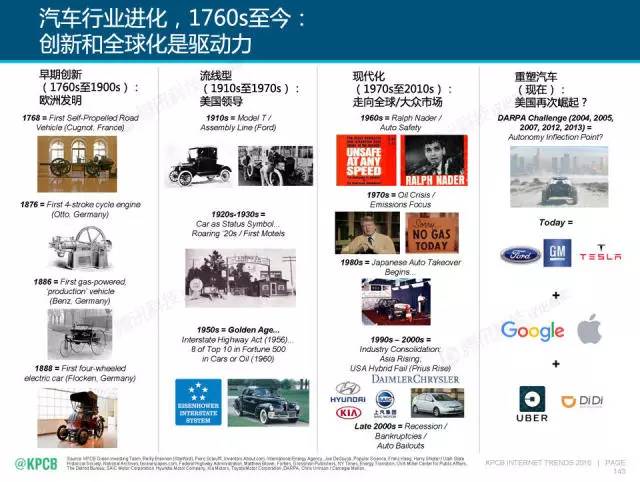
United States: Could Once Again Become the Global Center of the Automotive Industry?
Mickel believes that due to the United States’ significant advantages in the development, production, use mode, and policy of automobiles, it is very likely to become the global center of the automotive industry again.
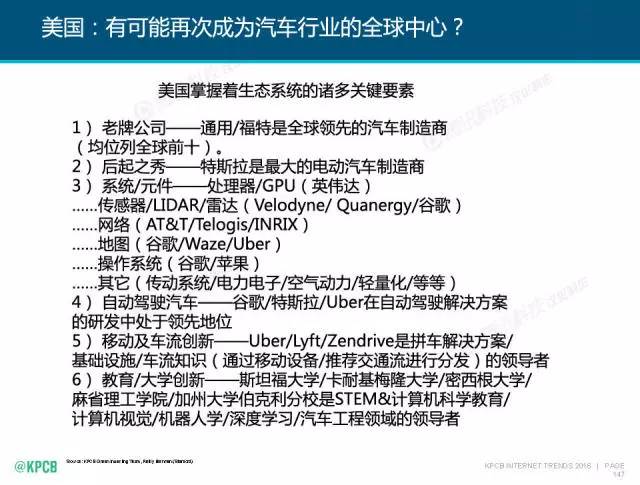
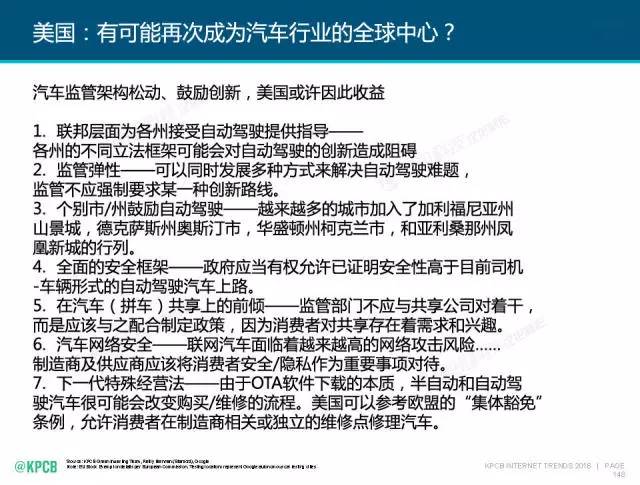
The Ownership and Use Modes of Cars Will Be Reshaped
In the future, due to the very high cost of car ownership (including various expenses, time costs, and resource consumption), car-sharing services represented by Uber and Didi will have great potential, and private carpooling services will become the mainstream of urban consumption.
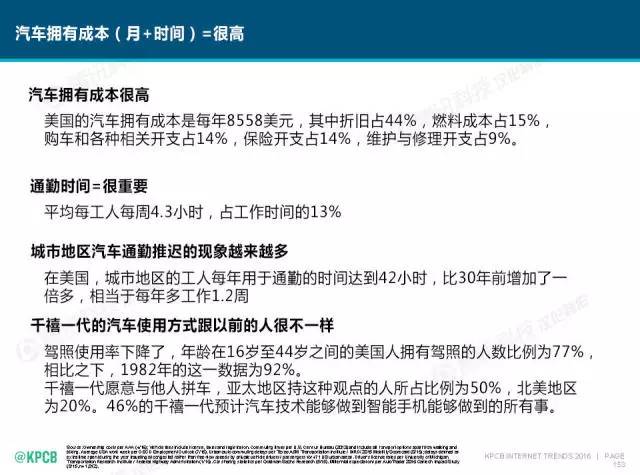
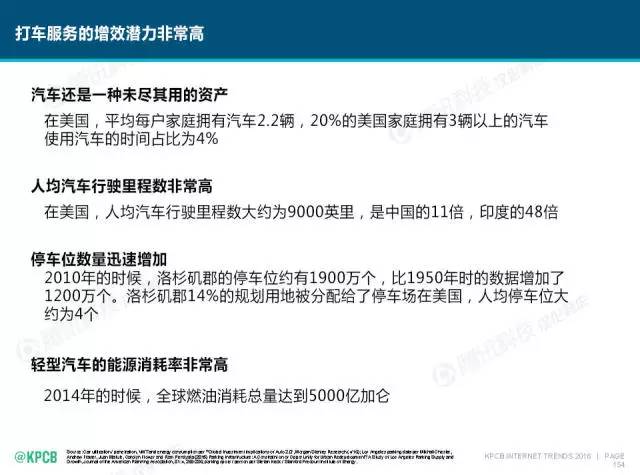
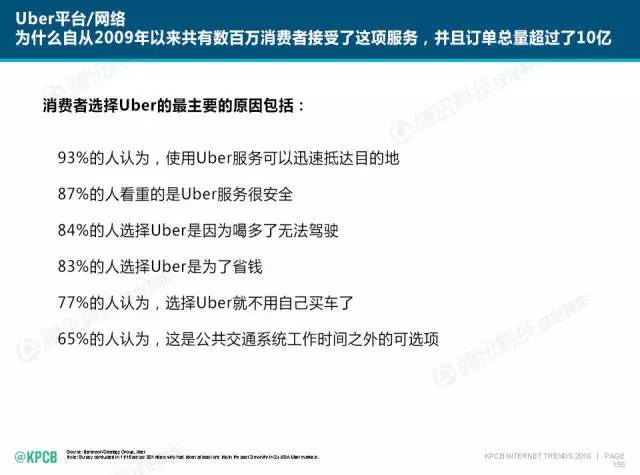
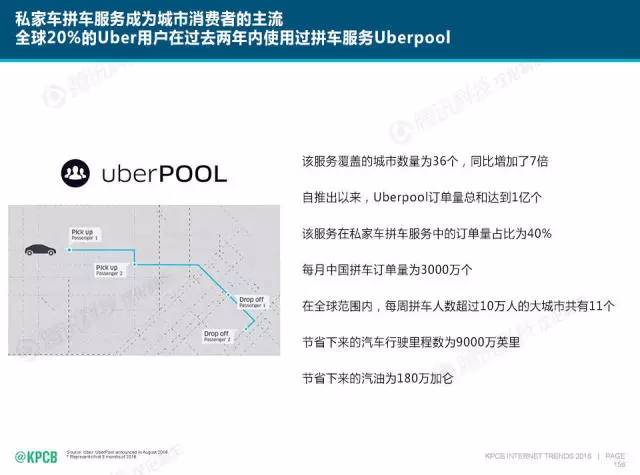
Furthermore, due to the significant increase in commuting time, the redesign of car backseats will become particularly important. Alternatively, meeting entertainment and communication needs may become the main direction of design?
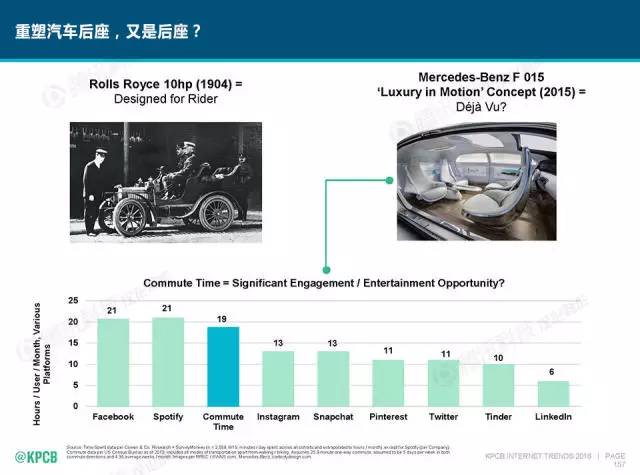
Attitudes toward the future of the automotive industry around the world
Mikkel believes that in China, carpooling companies are powerful, which has promoted the early development of shared travel. However, widespread adoption of shared transportation may be hindered due to competition from public transportation and the fact that cars are a symbol of social status in Chinese people’s minds.
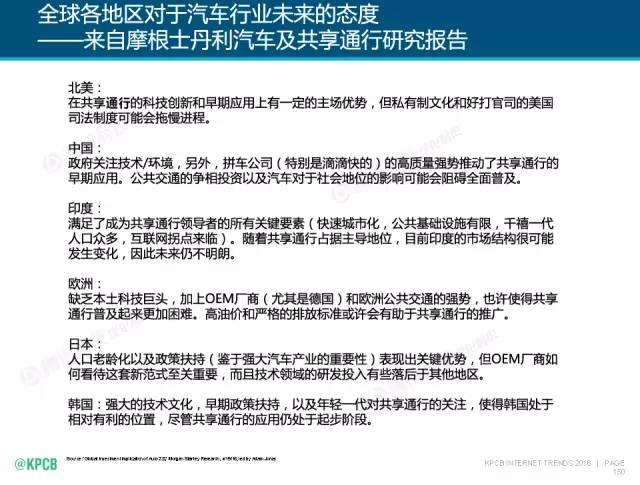
What do you think about the future of the automotive industry? Feel free to leave a message.
☟
You may be interested in:
- What does Apple plan to do with electric vehicle charging?
- Apple Car is here! 35 design images and videos leaked
- Tesla Shareholders’ Meeting: Musk’s Confession and Plans
- Five key issues affecting TeslaLooking at Tesla Model X’s ambition from Falcon Wing Doors
Settled in: Toutiao | Autohome | Yiche | Zhihu Column
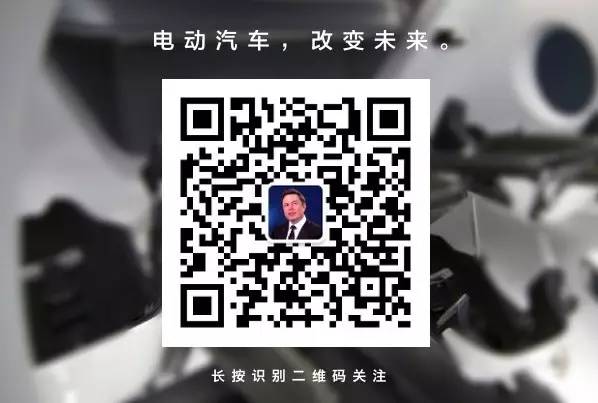
This article is a translation by ChatGPT of a Chinese report from 42HOW. If you have any questions about it, please email bd@42how.com.
